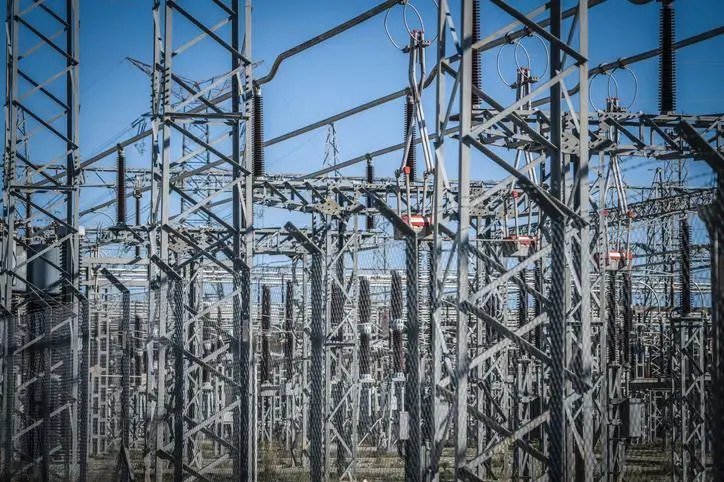PHOTO
The global smart meters market is estimated to be worth $7.06 billion in 2023, increasing from $5.8 billion in 2018, according to GlobalData, a leading data and analytics company.
The company’s latest report ‘Smart Meters, Update 2019 – Global Market Size, Competitive Landscape and Key Country Analysis to 2023’ reveals that this growth will be driven by evolving information and communications technology (ICT) standards, entry into new markets, replacement of outdated meters: both advanced metering infrastructure (AMI) and traditional, new infrastructure development, and peak load and asset management.
Energy transition in countries, grid resilience enhancement, mandates, and infrastructure upgrades are the primary factors driving the deployment of smart meters. Despite the decline in installations, China will continue to be the largest market, with installation likely to reach an aggregate of 144 million over the forecast period.
Nirushan Rajasekaram, Power analyst for GlobalData said: “China is the largest market for smart meters and is likely to continue leading the market. Over the forecast period, the focus will shift towards replacing old meters, propelling the market growth at a compound annual growth rate (CAGR) of 5 per cent. The growing demand for power and increasing penetration of renewables in the grid will necessitate the need for a sophisticated and reliable energy supply system.”
Japan and the US will continue to upgrade their grid for enhanced weather resilience and will see their market reach $0.54 billion and $0.26 billion, respectively by 2023. Japan and the US are driving technology integration to enhance the resilience of the grid. Poor domestic energy resources and fossil fuel price volatility are pushing the Japanese government to deploy efficiency measures, renewables, and other disruptive technologies, which are making grid operations more complex and variable.
In the US, the aging grid is driving modernization initiatives across the country, with federal investment programs established to encourage utilities to deploy smart meters. With the larger utilities in the US and Japan nearing rollout completion, the aggregate smart meter installations is expected to decline to 20.2 million and 29.3 million, respectively over the forecast period.
In Europe, the EU mandate for smart meter rollout will push for large scale deployment in the UK and France. The installations in the UK are expected to accelerate, with the successful deployment of second generation communications platform for smart meters. Meanwhile, France is expected to adhere to its rollout plan and will accomplish its rollout by 2021.
Rajasekaram concluded: “Emerging technologies such as solar PV, battery storage and EVs are disrupting the linearity of power flow, leading to the formation of an intricate, non-linear interconnected grid at the distribution level. Using smart meters and suitable communications technology, generation and consumption trends are made available to utilities, allowing them to act efficiently.
“Moreover, smart meters enable the flow of information on surge pricing, demand response, and enhance billing transparency. Smart meters will be integral in building robust grids, support infrastructure retrofits, decrease redundancies, enhance utility operations and performance, and increase revenue.” – TradeArabia News Service
Copyright 2019 Al Hilal Publishing and Marketing Group Provided by SyndiGate Media Inc. (Syndigate.info).












